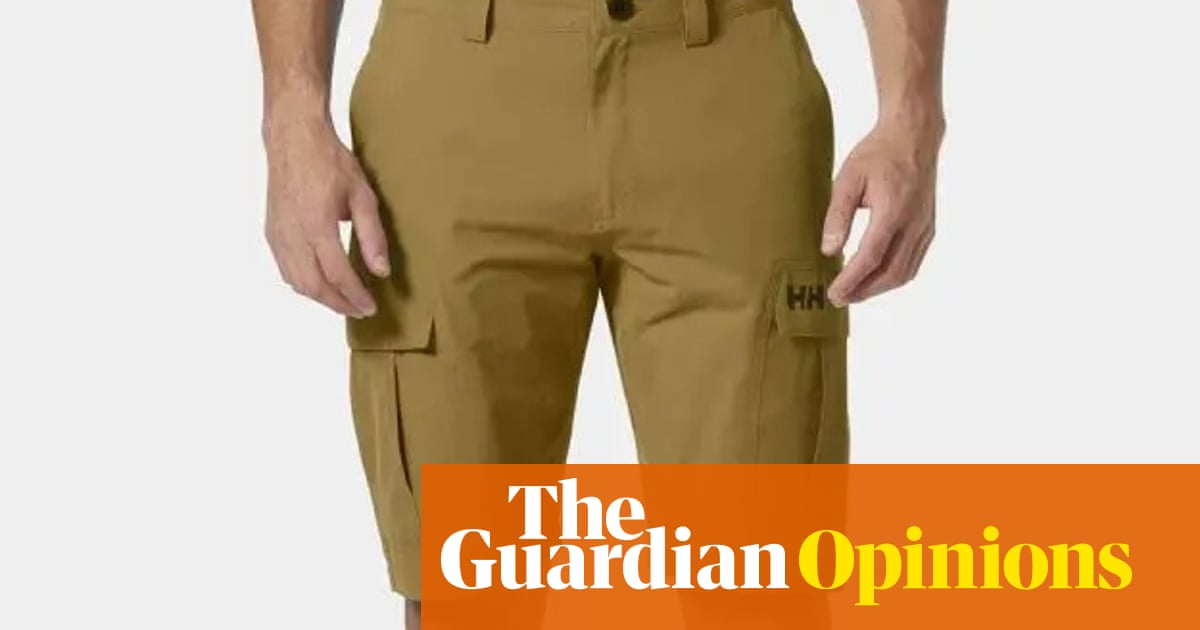One day in my late teens I found a pair of jeans that fitted me nicely. This was at the newly opened Merry Hill shopping centre in the Black Country. The jeans were an odd colour but I liked the cut of my jib in them. This was until I told a schoolfriend I’d bought some mustard-coloured jeans. “What kind of mustard?” he asked. “Not English, surely?”
I’m afraid they were. But I stuck with them, resolving to wash the colour issue away. Sadly, thanks to the ferocity of the laundering, soon after I’d got them from English mustard down to dijon, they fell apart, bringing the whole unhappy episode to an end.
Forty years on, farcically, I made the same poor purchasing decision all over again. I was on holiday in the Italian mountains and came across some (English) mustard-coloured hiking shorts in an outdoor shop. They fitted so nicely that I bought two pairs. I can only imagine that the fresh alpine air had addled my mind. But from Dudley to the Dolomites, a dope’s a dope.
Back home, I washed them much more than I’d worn them. And the colour has shifted not a jot. Three years on, they are as mustard as they ever were. If you want to check the colour out, don some protective eyewear and Googlelynx 787. Remarkably, Helly Hansen is still selling them, so I’m not ploughing as lonely a furrow as it feels. Last week, my daughters begged me never to wear the shorts anywhere apart from in my garden, while gardening, and then only if I wasn’t expecting visitors.
During a pause in weeding, I hatched a plan. I’d dye the bloody things. Ignoring advice that polyamide is not for being dyed, I bought some dark blue stuff, boiled my shorts in it for an hour as directed, and to my considerable delight they are mustard no more. OK, they’re not exactly blue. In fact, they’re exactly green. A similar green to that sported by Australian park rangers, which is fine by me. I do like the colour, which is just as well as I strongly suspect the rest of my clothes will be green too after the next wash. As for the fashion police, I’ve been advised it’s an improvement but, to be on the safe side, best to stick to the garden for the time being.
Adrian Chiles is a broadcaster, writer and Guardian columnist
